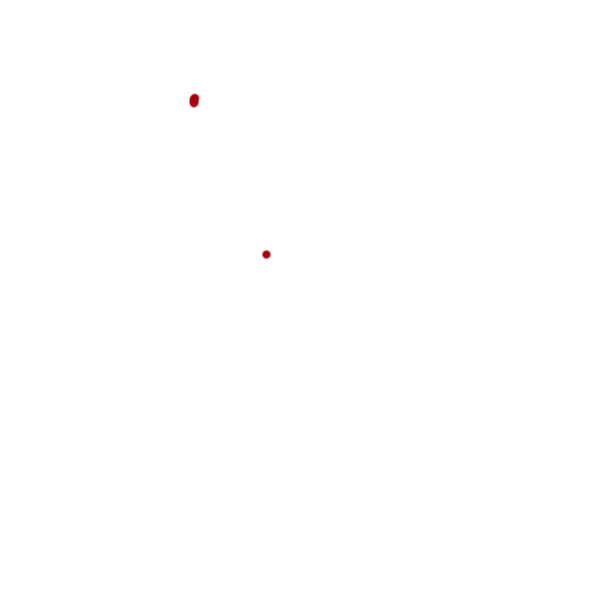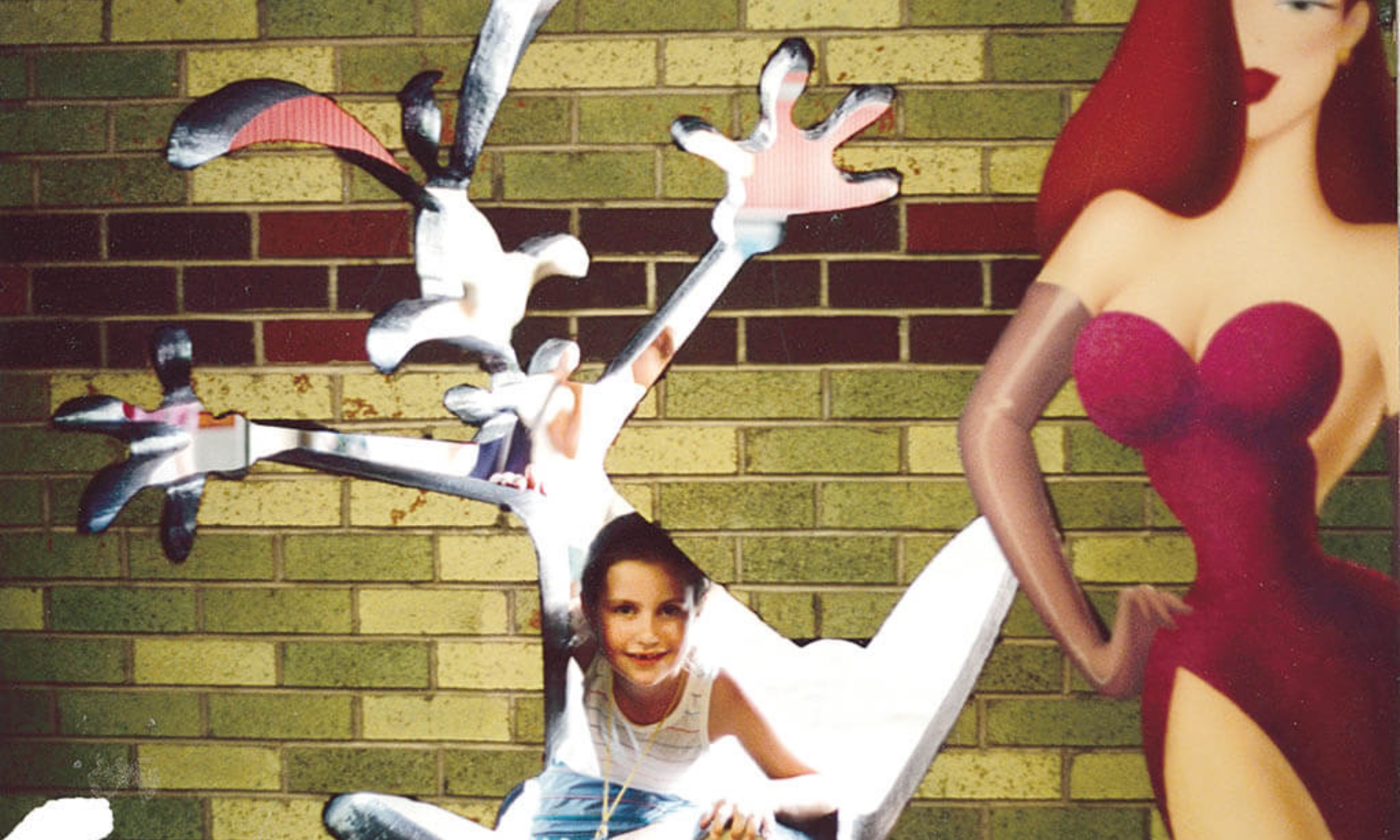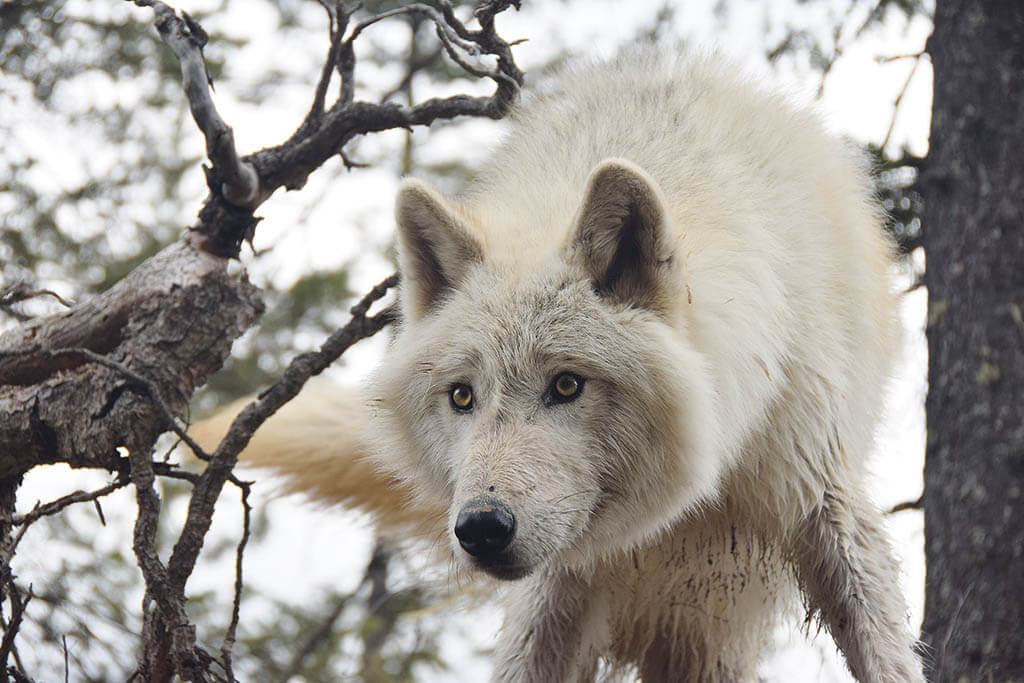Liz Bernard Finds Fascination In The Details Of Character Animation
10.04.23All one has to do is look at the tattoo that encompasses the upper half of her left arm to realize how much love Digital Domain Senior Animation Supervisor Liz Bernard has for character animation. “I’m nerdy and the tattoo is from Ender’s Game. The Alien Queen was a big opportunity for me to design the movement of a character on my own for the first time. In the book and movie, she represents this cross-cultural understanding and empathy in the way she communicates telepathically with Ender across this great expanse of space. Getting her to emote was quite challenging. You had to add a lot in the eyes and have subtle facial details that indicated she wasn’t threatening while still looking quite alien and different, so that she would have this internal struggle to understand why Ender reacted the way he did to her.”
Bernard was born and raised in Goochland, Virginia, where her parents were graphic designers who ran their own company. “I had access to all of the good art supplies from the beginning of my life, which was funny because I would go over to other kids’ houses and ask, ‘Can you show me where the X-Acto knife is?’ The parents would be like, ‘X-Acto knife? But you’re nine. We can’t give you that!’” Art lessons involved being exposed to practical and digital techniques. “My parents were doing this in the 1980s when typesetting was still done. You would print it out, cut out the block of text and then spray glue it onto a big board; that’s how you would create a newspaper layout or ad. Then you would take that whole thing and photograph it with this giant camera that I was fascinated by as a child. All of that stuff was interesting to be around. My dad was at the forefront of all of this computer stuff and was teaching me Photoshop as he was learning it too.”
Much of her free time in high school was spent taking part in theatrical projects such as building sets, doing lighting design and running spotlights, and carried on to post-secondary education with Bernard getting a Bachelor of Arts in Drama from the University of Virginia, as her goal was to become a lighting designer. However, the lack of job opportunities caused a rethink of her chosen career path. “Theatre is such a good way to understand things from a bigger picture because you’re telling an entire story every night, so you can’t get too bogged down in minutiae. You have to look at things holistically. When you’re given a visual effects sequence in film, there are criteria that have to be hit: These are the characters, this is what they’re supposed to be doing; we know what the script is, that is the location, and you have a series of puzzles that need to be solved. I like that so much partly because I started solving those same kinds of puzzles in theatre at the beginning of my career.”
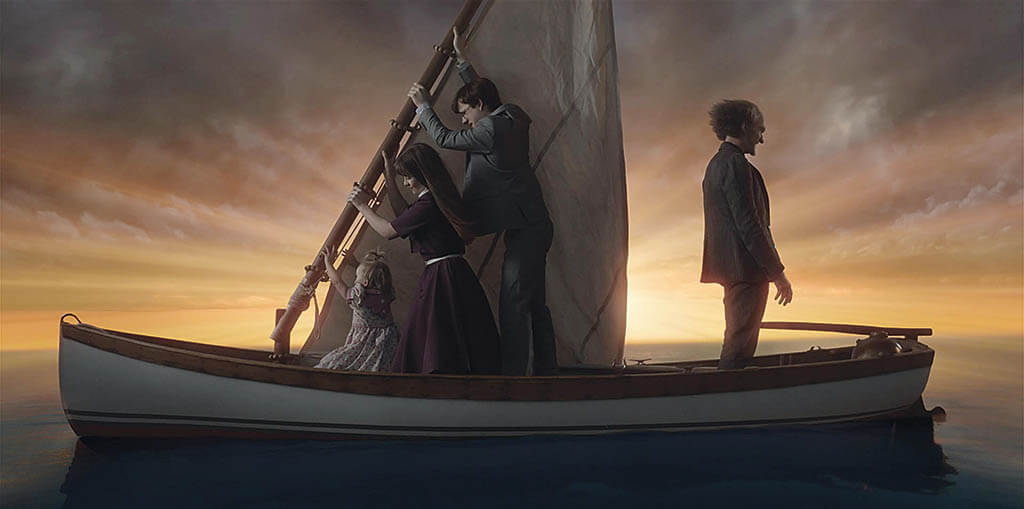
Lemony Snicket’s A Series of Unfortunate Events was an example of where Bernard used origami to illustrate what she needed in rig for a character. (Image courtesy of Digital Domain and Paramount Pictures)
While running her own photography business, Bernard decided to get diplomas in Advance Character Animation and Animal and Creature Animation from Animation Mentor. “There are other schools out there now that have emulated the same approach where they find someone actually in the industry to teach you the real way things are done, not just the principles of animation in a vacuum. You also get instant networking, which is critical for any field. Nicole Herr [then] at Sony Imageworks [now Animation Supervisor at Halon Entertainment] taught the ‘Intro to Acting’ class and gave me good practical advice, which is, you have to go where the work is.” According to Bernard, when it comes to demo reels, a particular element should be addressed. “I see a lot of stuff that is more cartoony style, or a character doing an acting performance on a CG background. One thing that we’re always looking for is, do you know how to work with a plate that was shot on location, has a tracked camera, and be able to put the character in that environment? Because that’s most of what we do in visual effects,” she says.
Breaking into the visual effects industry occurred when Bernard was hired as an animator by Arconyx Animation, where she remotely created creature animation on plates for Season 2 of Finding Bigfoot. “It was run by Kenny Roy, who taught me the Animal and Creature course that I took at Animation Mentor.” A major turning point for the up-and-coming animator was being hired by Digital Domain in Vancouver, and over the past 12 years she has thrived, going from doing background animation on Jack the Giant Slayer to Senior Animation Supervisor on She-Hulk: Attorney-at-Law. “The job of a supervisor involves a lot of translating. You’re translating between different teams, departments and individuals within a show. Much of that is figuring out what are the tools that can be made for any given show, or for the studio as a whole, that would make animation more productive, faster and less frustrating, and how to communicate that to the coders who write these tools for us. The foundation is breaking everything down to the fundamentals so that we all speak the same language.”
Maintaining continuity in the animation style is essential. “Sometimes we’ll all have dailies together so everyone can hear everyone else’s notes,” Bernard remarks. “She-Hulk was more straightforward because we had this golden reference and an amazing performance from Tatiana Maslany that we were trying to follow, if not literally then at least the spirit of, in most cases.” Motion capture can get you to 80% of the performance quickly and makes blocking straightforward. “Mocap has a tendency to clarify what the shot should be, so the client is less likely to explore other options because they’ve selected the performance already. When you have motion capture you have to get things to a high level of polish, and there is a lot of stuff that gets left behind. Fingers are often not motion captured, so that’s all done by hand. Facial animation is its own whole thing that is some of the most challenging and tricky animation to nail down because as humans we are so entuned with the human face.”
There are certain emotions that are considered to be universal. “One of the things I love about animation is that it’s not just about one field,” Bernard states. “It’s multi-disciplinary. You’re focused on physics, acting, shot composition and all sorts of specialized things. You might work on a show about how sailing boats work, so you need to understand the physics of that. With faces we spend a long time looking at the character’s face. On She-Hulk, it took a while before we understood what she was supposed to look like, which is important for being able to give notes to other people. It takes a while to internalize the bone structure and different facial shapes; those are so specific to that actress that it doesn’t happen overnight. You do have to spend some time immersing yourself in that character, looking at all of the available footage and working with it.”
Deepfakes are more prevalent as AI and machine learning technology advances in sophistication. “It’s so much in the news right now,” Bernard notes. “I have no doubt that deepfakes are going to change our industry dramatically in the next five years. It doesn’t feel like it has made a huge impact quite yet, and part of the reason is that it’s hard to art direct deepfakes. If there are little tweaks or performance changes requested, it doesn’t always turn out the way you expected because the deepfakes are a black box scenario.
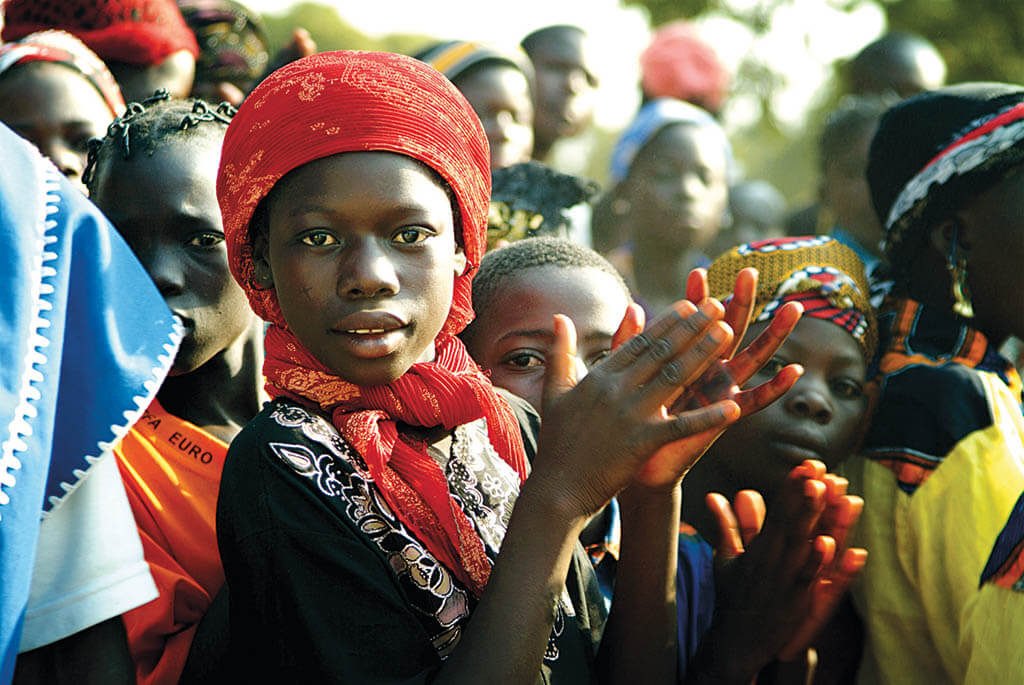
While living in Ouagadougou, Burkina Faso in West Africa, Bernard photographed a girl clapping to the music at a local festival.
You don’t always know what you’re going to get out of it. There is still a lot of artistry and ‘eye’ that you have to apply to deepfakes, too. We did a bit of work with Charlatan, which is our in-house proprietary system for deepfakes for facial replacements at Digital Domain. We did some of that on She-Hulk, especially on a character called Titania played by Jameela Jamil, and noticed after the first couple of rounds of Charlatan takes that something was wrong – her whole face was too small on her head!”
Creative problem-solving is something that Bernard enjoys. “A hobby that I kept from my childhood is origami. In Lemony Snicket’s A Series of Unfortunate Events, there was this character who had mechanical dragonfly wings that were supposed to deploy from a backpack. Because my task was to figure out how they come out of the backpack, I put the wings down from a front view and cut out paper that was in the exact same shape and proportions of the final model. Then I figured out through much trial and error how to fold them up with the actual paper. I demonstrated deploying them to my visual effects supervisor and he said, ‘That’s awesome! Let’s show the client.’ The client loved it. When I had my briefing with the rigger, I gave her this little crumpled up piece of paper and said, ‘Make it do this!’”
For Bernard, no project is exactly the same. “The reason why I’m still interested in animation is because every show is an opportunity to learn about something new,” Bernard observes. “One of my favorites was Power Rangers because oftentimes you come onto a project, all of the decisions have been made and you’re there to execute the plan. But on Power Rangers, there were numerous places to still be creative and come up with things to pitch to the client. It seemed like everything that we pitched they were like, ‘That’s awesome.’” Bernard concludes, “It’s all about finding balances between things. Storytelling and physical accuracy – that’s often something where we have to split the difference and figure out how we make this look real. If it looks too real it might be boring, so it needs to be interesting and also tell the story and maybe emote. All of that stuff together is what forms the restraints on each one of these shots that is a puzzle to solve. I like that process.”
